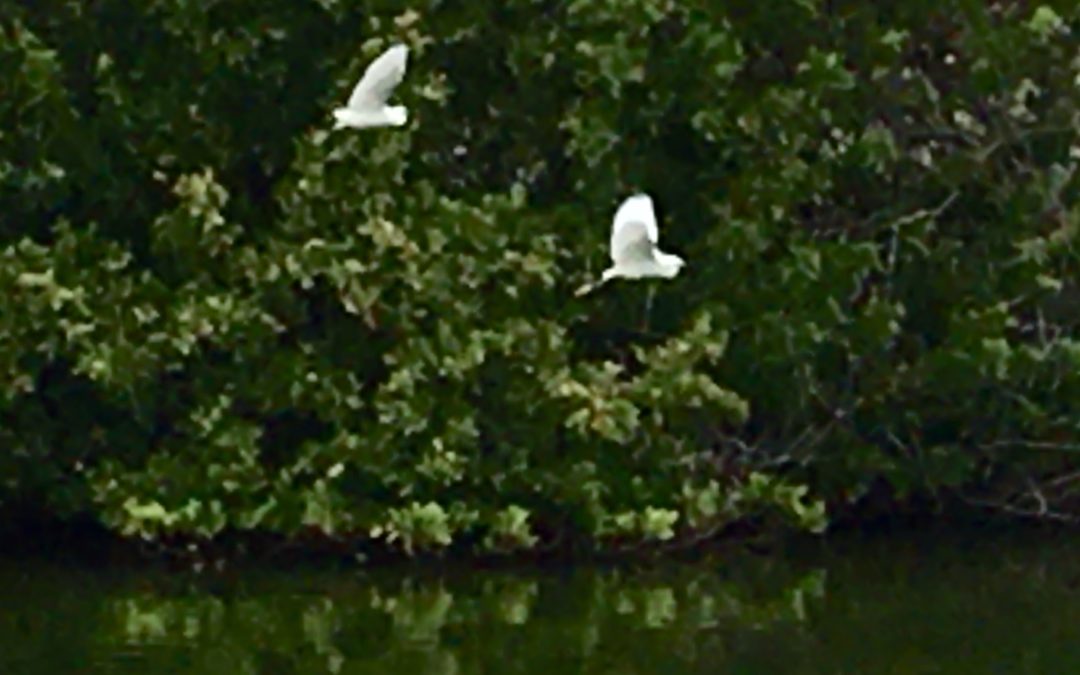One of my favorite things to do whenever I am traveling in coastal areas is to get into or out on the water. Cocoa Beach, Florida, not only offers miles of walkable beaches and some great swimming areas, but also the opportunity to view wildlife on short boating cruises. And since the wildlife is constantly coming and going, you see something slightly different each time you go.
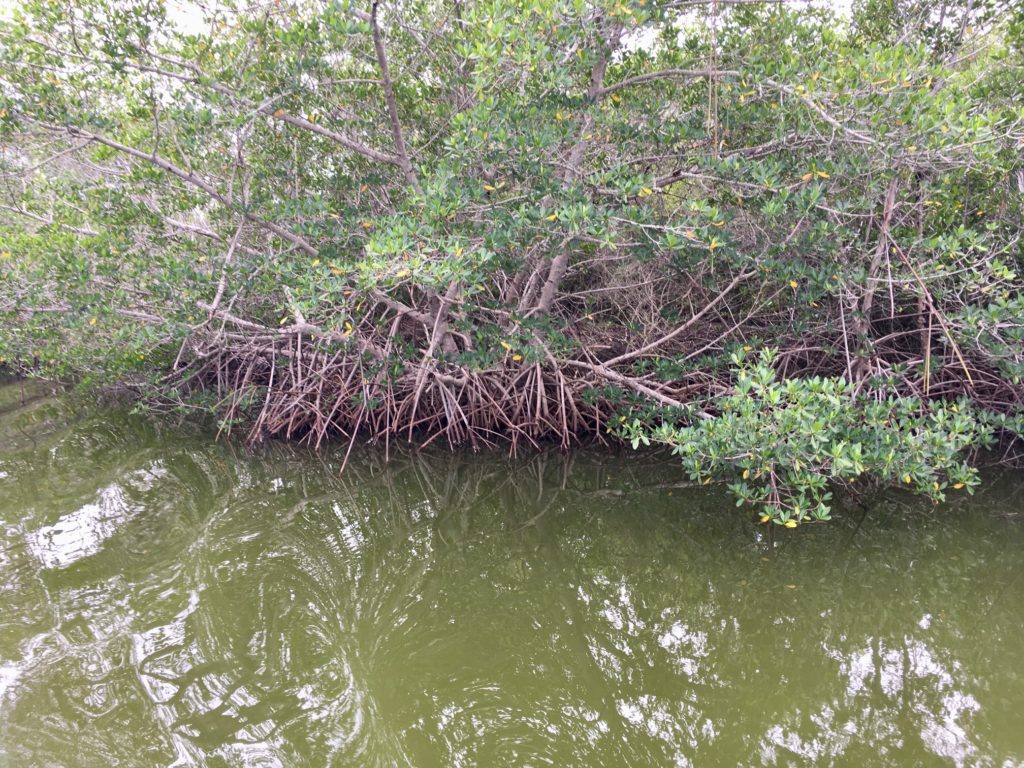
Wildside Tours, LLC, offers just such an adventure. They journey around parts of the Thousand Islands Conservation area which covers approximately 338 acres in the Indian River Lagoon, part of the Banana River System. This area consists of a large number of red, black and white mangrove trees creating small islands and a wonderful habitat for native and visiting birds.
The tour leaves from Ramp Road Park in Cocoa Beach. This tiny park has free parking, a restroom, picnic tables and two boat ramps. The smaller ramp is used by kayakers as kayaking is also a great way to tour the area. The larger ramp is used for motorized boats.
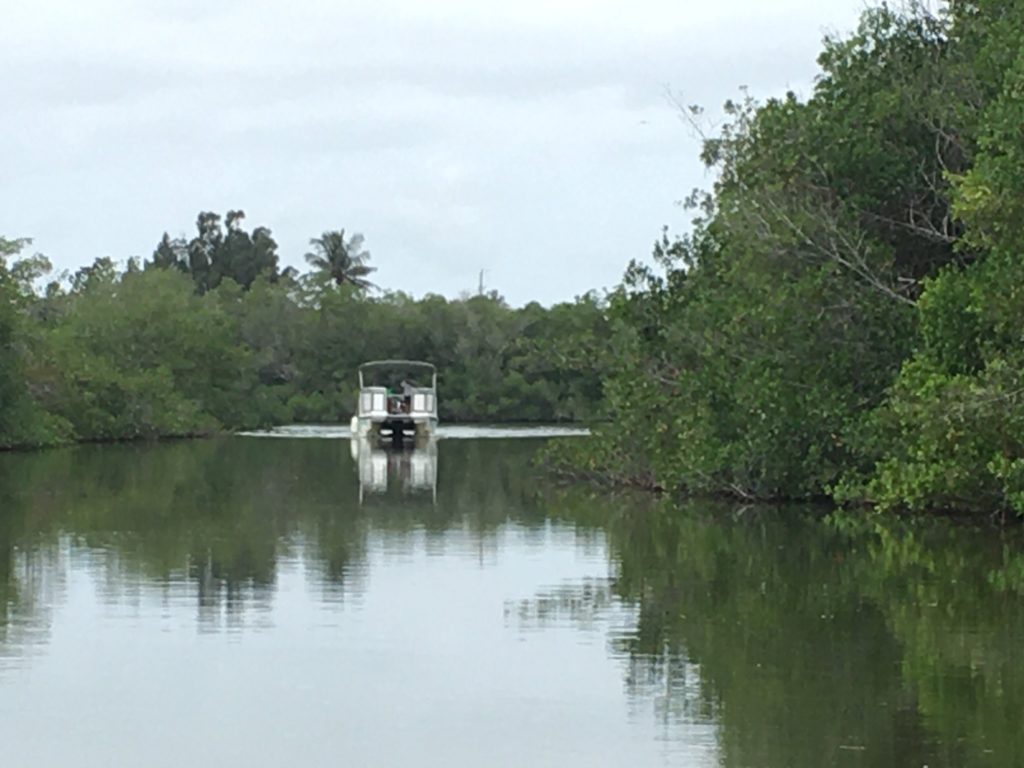
The Wildside tour boat has a sun cover and seats all around the interior of the boat. There is also an onboard restroom, and guests are supplied with soft drinks, water, and binoculars to use. On my last trip, they were also very cognizant of social distancing and masks were required to board, although our group was small so we could remove our masks once underway.
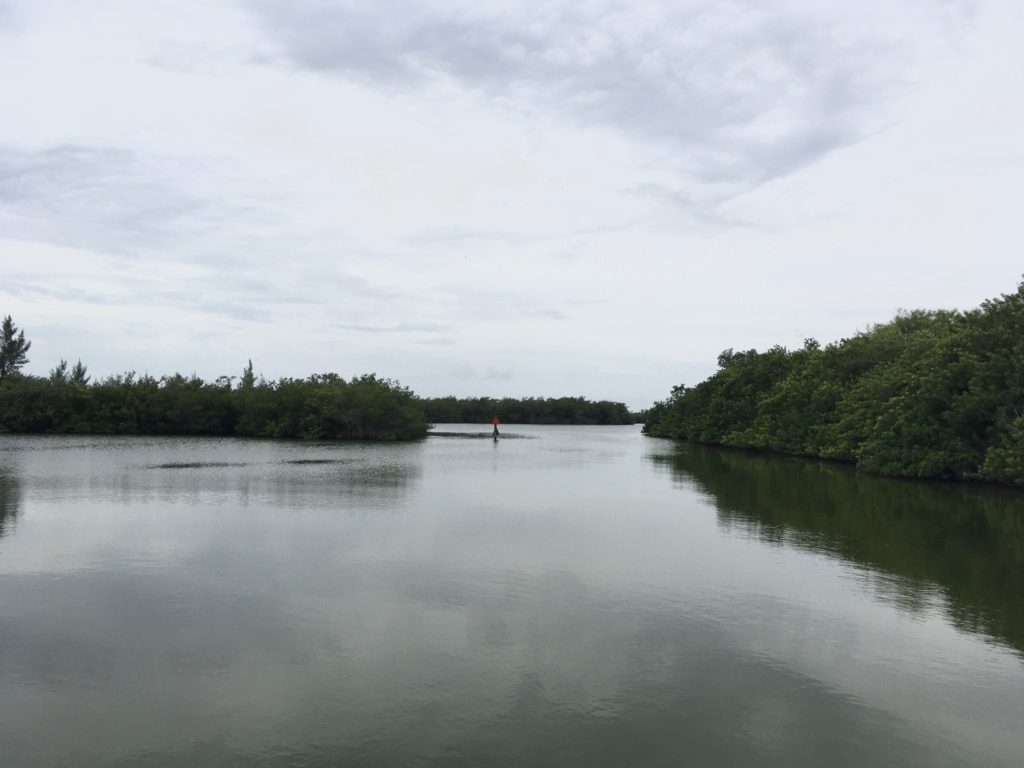
The history of the Thousand Islands is interesting. Between the mid-1950’s and early 1970’s, Cocoa Beach experienced a housing boom when the former Melbourne Naval Station south of Cocoa Beach was turned over to the air force and became Patrick Air Force Base. This led to a housing boom in Cocoa Beach which was further intensified when the moon landing program moved there in the early 1970’s. Conservationists worked with the city to secure the lagoon and concurrently alleviate a mosquito problem caused by the very shallow water. Parts of the lagoon were dredged several times, the last time to create the Minute Man Causeway which effectively divides the area into north and south. In 1988, the State of Florida bought the area and then, in 1991, leased it back to Cocoa Beach. It took until 2007 to secure the last of the privately held south islands.
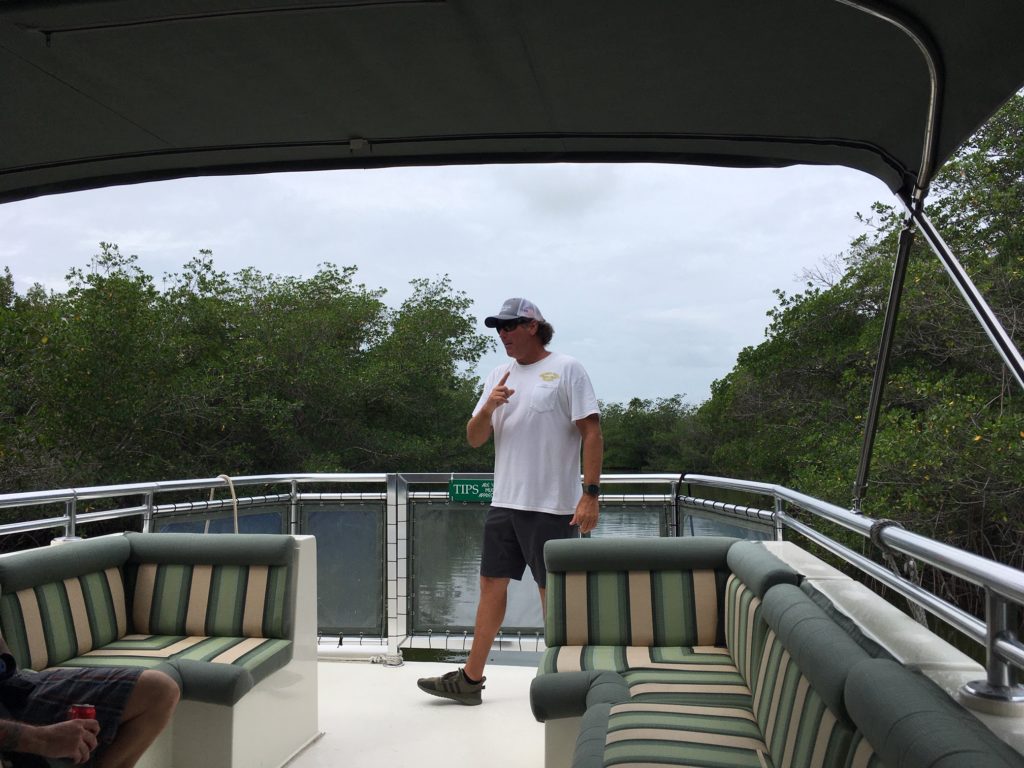
The Captain grew up in Cocoa Beach and remembers when this area was first developed. He showed us a map of Cocoa Beach in the 40’s showing very little settlement and then a second view about twenty years later when between Patrick AFB and the Space Program, the population increased dramatically. He also told about the fun of growing up in the area then — swimming with the dolphins and manatees, water skiing around the islands and enjoying the lagoon.
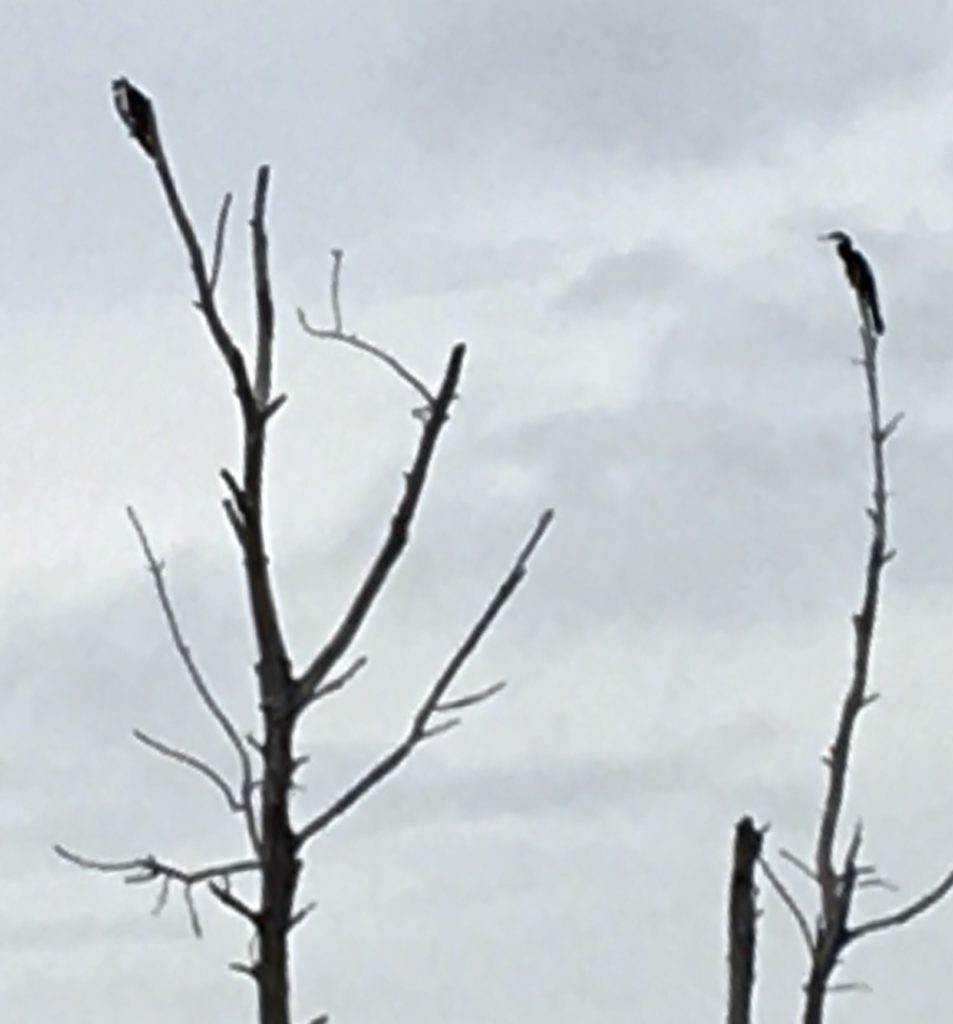
As we left the ramp, the abundant bird life became evident. An osprey and an anhinga (snake bird) watched from tall branches as we passed. Soon we entered a housing area – there are several on the east side which border one edge of the lagoon. I couldn’t help but envy the lagoon lifestyle – beautiful homes right on the edge of a wildlife preserve!
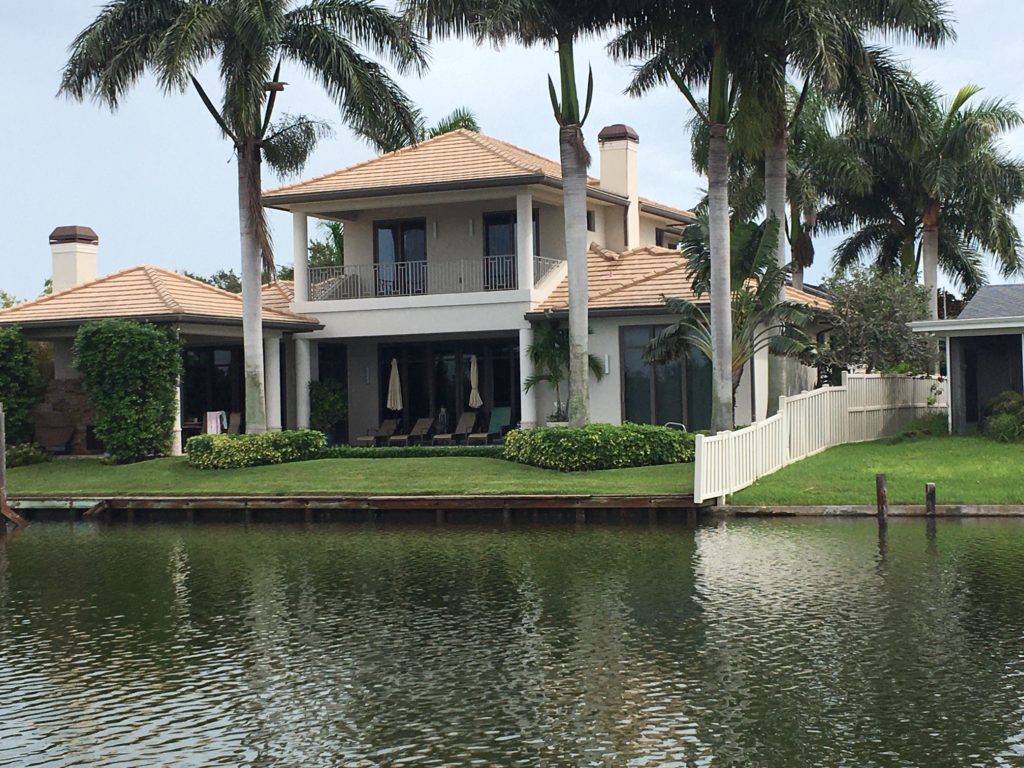
While we cruised around the homes, the Captain explained that the dolphins who live in the lagoon never go out into the ocean. They stay in the lagoon, and he said some scientists want to make them a separate species because they are quite different from their ocean-going counterparts. For instance, the females can have babies any time during the year instead of just once a year like their ocean cousins.
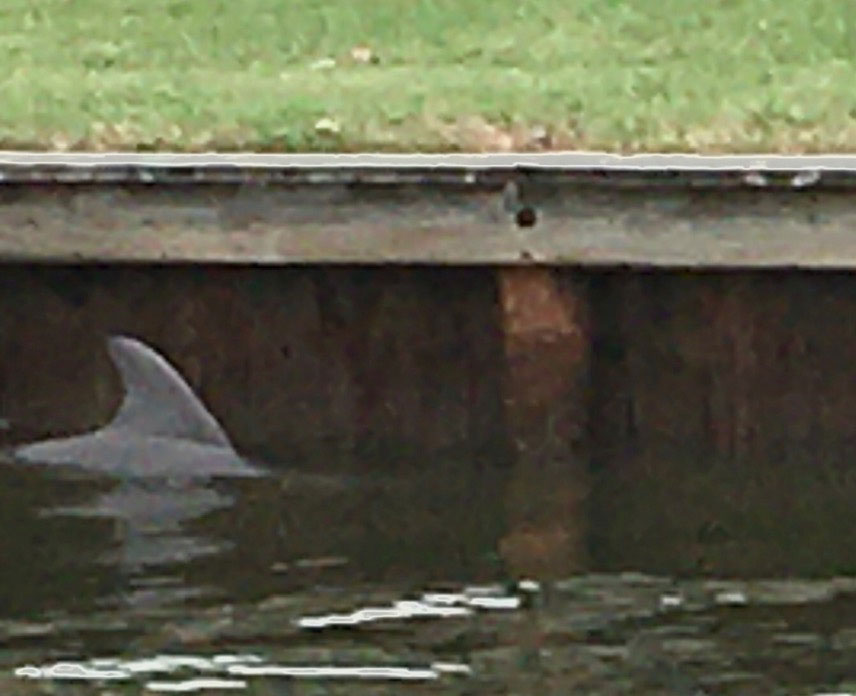
These dolphins also like to hang out in the housing area canals, using the sides to help them catch fish. You’ll see a dolphin fin and then a rapidly moving wake next to a dock as a dolphin chases a fish along the edge.
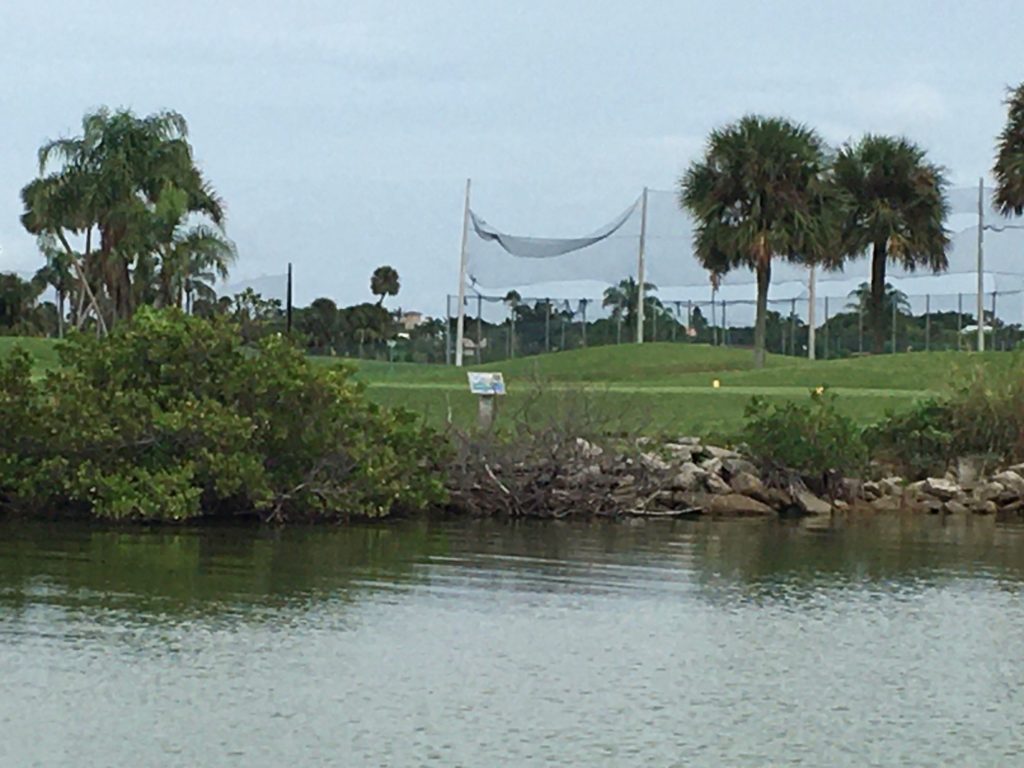
Further up the lagoon, we came to Cocoa Junior and Senior High Schools. They are located on a beautiful property with a large swimming pool and a golf course next to the lagoon. Both facilities are open to the public at certain times. The grassy playing fields were covered with egrets.
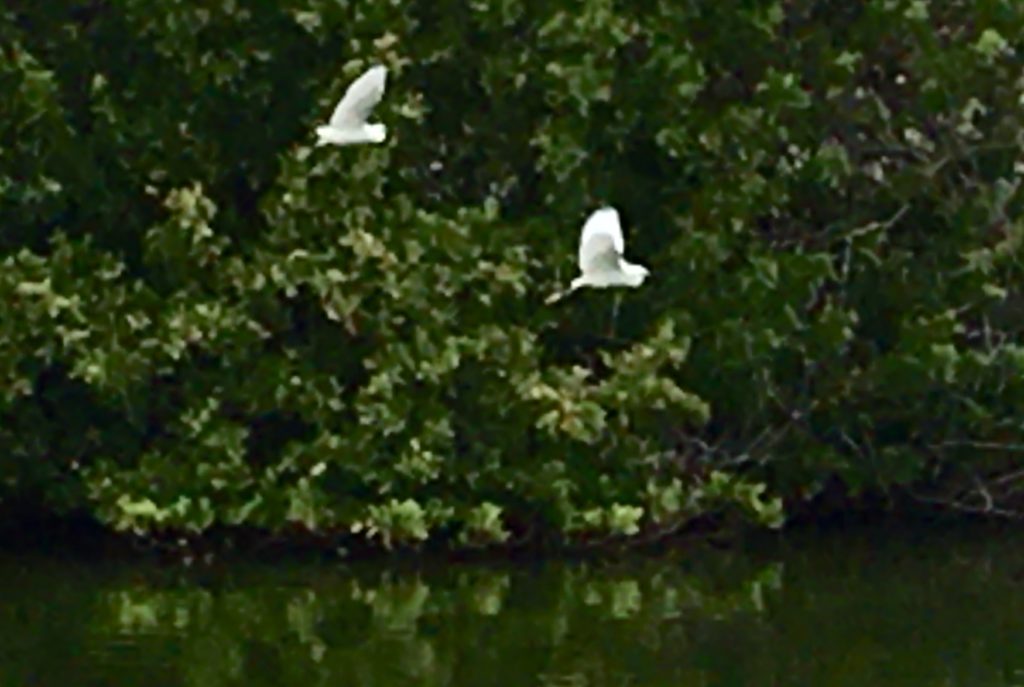
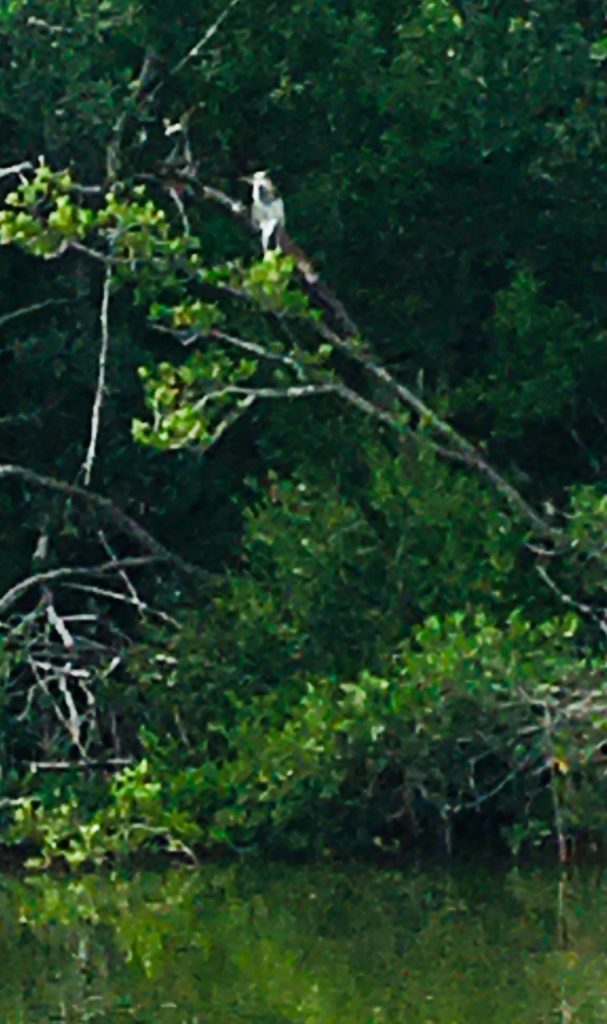
Bird life is also varied. In the trees and bushes along the water, we saw white ibis, an occasional crane, many osprey, and a few pelicans. Along the shore and in the trees were blue herons. On posts or fishing in the water were cormorants. On our return trip, we encountered four more dolphins – a pair who seemed to be traveling together and two youngsters.
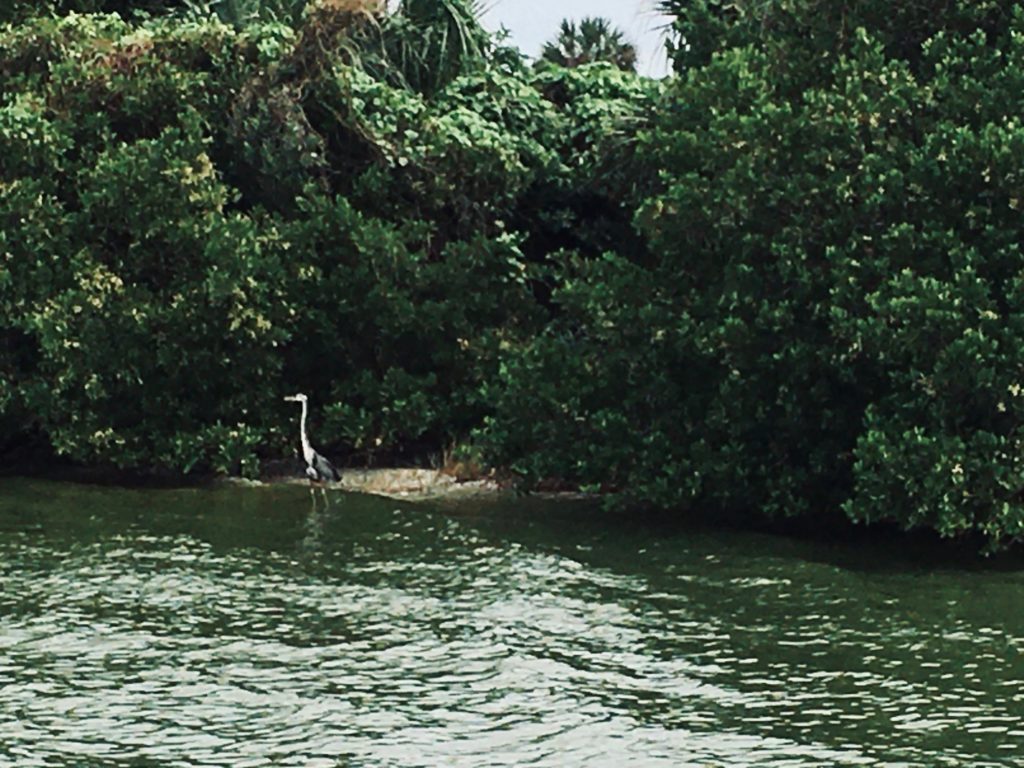
The two hours went very quickly and enjoyably. Wildside Tours advertises “Nature by Boat” and definitely delivers. Tickets can be booked on line and are $25 for Children, $30 for Seniors, and $35 for Adults. This was my second trip, and I’ll probably do it again next visit.
P.S. Check out the Wildside Tour website for some wonderful Tour Photos.

